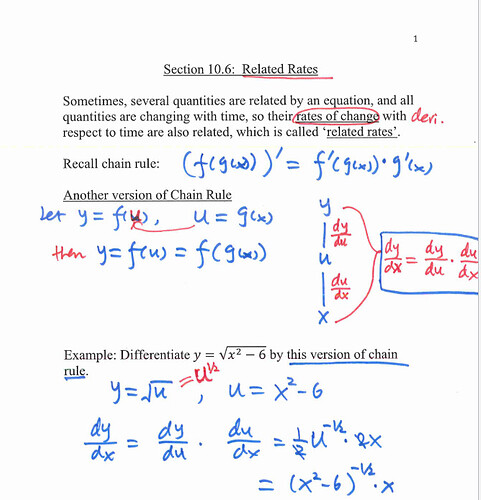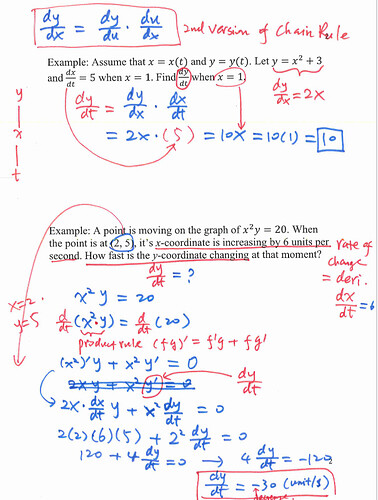BEHOLD! MY MASTERPIECE (it is far too OP)
oh i forgor to include hunter and thaumaturge reworks
poacher rework is there too
eventualllyyy
i have a backlog
how long is the backlog
okay that’s all of the really interesting cards
it includes the games I need to play
its miles long
it has a dayvig which is important because uh
dayvig
its totally far too OP btw but
realistically the dayvig should just be a bleed but its far funnier this way
it’s so over
i have basically everything but that down i do not get that
rate of changes is literally just change over time i think
OH SHIT I KNOW THIS ONE
and by that I mean like I can kinda decipher whats on there i hate related rates so much
(<-- knows nothing else)
if you can explain related rates in better terms pls do
ok ill be real idk the math too well besides like its used to find the rate at which stuff is changing and you can relate them (i.e. the name)
the way I think about it is you are typically given an x, a y, and what the derivative of one of those are equal to and then are asked to find the other with respect to T
so you have 3 givens, x, y, and dy/dt (in this example), and you have to find a way to relate them. sometimes this is given, sometimes you have to use outside formulas like the area of a rectangle, etc etc
did you take those example notes or are those just notes you’re looking at bc i can explain whats going on in those notes but if you dont need that I won’t
y=x^2+3. x is some mystery function x(t). To find y’(t), just treat x as mystery function (like you might with implicit differentiation or the chain rule), differentiate y(t), and then plug in the known value for x(t) and x’(t).
y=x(t)^2+3
y’(t)=2x(t) * x’(t)
x(t)=1, x’(t)=5
y’(t)=2*1*5=10
Wow this is giving me flashbacks
I dont miss that shit at all


